Can I Check In Camera Battery ?
Yes, you can check the camera battery by accessing the camera's settings or battery information on the camera's display screen.
1、 Battery capacity and voltage
Yes, you can check the capacity and voltage of a camera battery. The capacity of a battery refers to the amount of charge it can hold, usually measured in milliampere-hours (mAh). This information is important as it determines how long the battery will last before needing to be recharged. Higher capacity batteries will generally last longer than lower capacity ones.
To check the capacity of a camera battery, you can usually find this information printed on the battery itself or in the camera's user manual. Some cameras also have a battery information menu option that displays the current capacity of the battery.
Voltage, on the other hand, refers to the electrical potential difference between the positive and negative terminals of the battery. It is measured in volts (V). Different camera models may require batteries with specific voltage ratings, so it is important to ensure that the battery you are using matches the required voltage.
To check the voltage of a camera battery, you can use a multimeter or a battery tester. These tools allow you to measure the voltage output of the battery accurately.
It is worth noting that the latest advancements in camera battery technology have led to the development of higher capacity and longer-lasting batteries. Manufacturers are constantly working to improve battery performance, making them more efficient and capable of powering cameras for extended periods. Additionally, some cameras now come with built-in battery management systems that provide real-time information about battery capacity and estimated remaining runtime.
In conclusion, checking the capacity and voltage of a camera battery is essential for ensuring optimal performance and compatibility. It is recommended to refer to the battery's specifications or use appropriate tools to obtain accurate information.
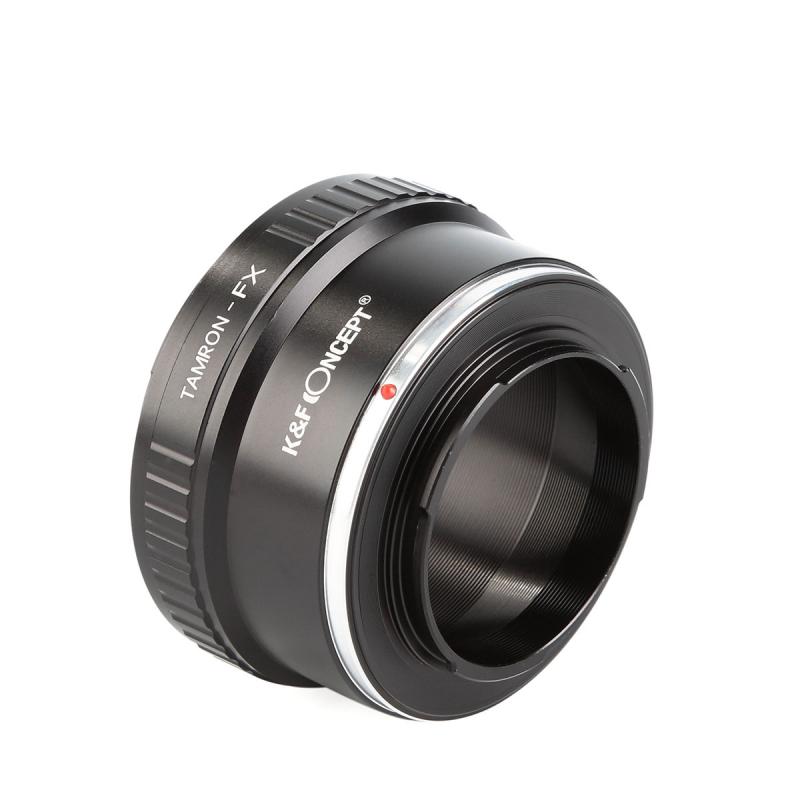
2、 Battery chemistry and technology
Battery chemistry and technology have come a long way in recent years, with advancements being made in various aspects of battery design and performance. One of the key areas of focus has been on improving the energy density and lifespan of batteries, allowing for longer usage times and reduced charging requirements.
In terms of battery chemistry, lithium-ion batteries have become the dominant technology in many consumer electronic devices, including cameras. These batteries offer high energy density, allowing for compact and lightweight designs, which is particularly important for portable devices like cameras. Additionally, lithium-ion batteries have a relatively low self-discharge rate, meaning they can hold their charge for extended periods when not in use.
However, it is important to note that lithium-ion batteries do have their limitations. They can be sensitive to high temperatures and can degrade over time, resulting in reduced capacity. This is why it is crucial to handle and store lithium-ion batteries properly, avoiding exposure to extreme temperatures and ensuring they are not fully discharged for extended periods.
As for checking the camera battery, it is always a good idea to monitor the battery level before heading out for a shoot. Most cameras have a battery indicator that displays the remaining charge, allowing you to plan accordingly. Additionally, it is recommended to carry a spare battery or a portable charger to ensure uninterrupted usage, especially during long shoots or when traveling.
In conclusion, battery chemistry and technology have evolved significantly, with lithium-ion batteries being the preferred choice for many electronic devices, including cameras. However, it is important to be aware of their limitations and take proper care of them to ensure optimal performance and longevity.
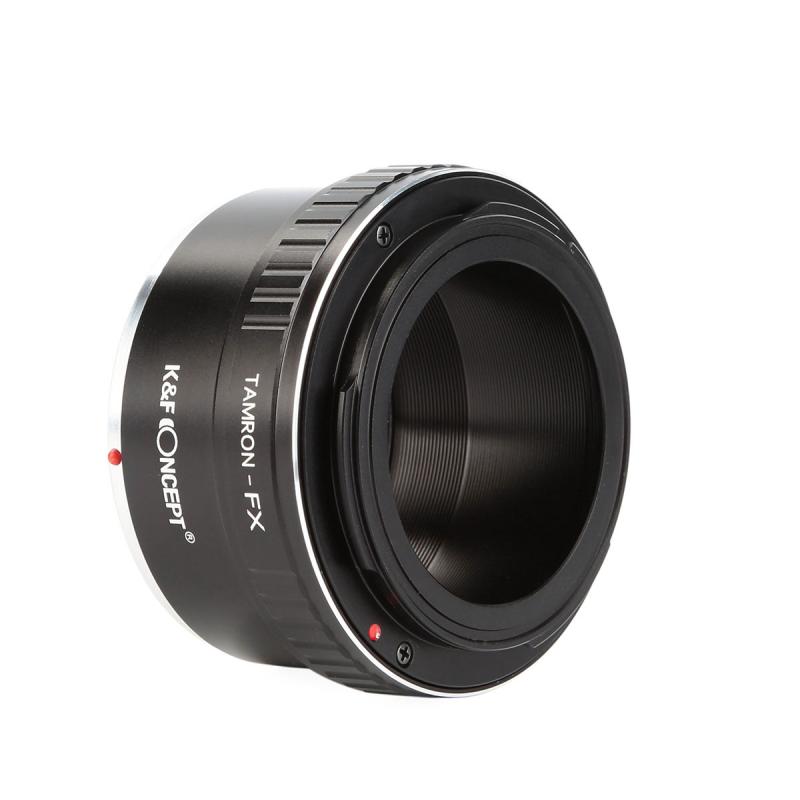
3、 Battery life and performance
Yes, you can check the camera battery life and performance before making a purchase. The battery life and performance of a camera are crucial factors to consider, especially if you plan on using it for extended periods or in situations where charging may not be readily available.
When evaluating the battery life, it is important to look at the specifications provided by the manufacturer. This will give you an idea of how long the battery is expected to last on a single charge. However, it is worth noting that these specifications are often based on ideal conditions and may not accurately reflect real-world usage.
To get a more accurate understanding of the camera's battery performance, it is advisable to read reviews from other users or professional photographers. These reviews often provide insights into how long the battery actually lasts in different shooting scenarios and whether it meets the expectations set by the manufacturer.
Additionally, advancements in camera technology have led to improvements in battery life and performance. Some cameras now offer features like power-saving modes, which can help extend battery life. Others may have the option to use external battery packs or have the ability to charge the battery while it is still in the camera.
In conclusion, checking the camera battery life and performance is essential to ensure that it meets your specific needs. By considering the manufacturer's specifications, reading user reviews, and staying informed about the latest advancements in camera technology, you can make an informed decision and choose a camera with a battery that will last and perform optimally for your photography needs.
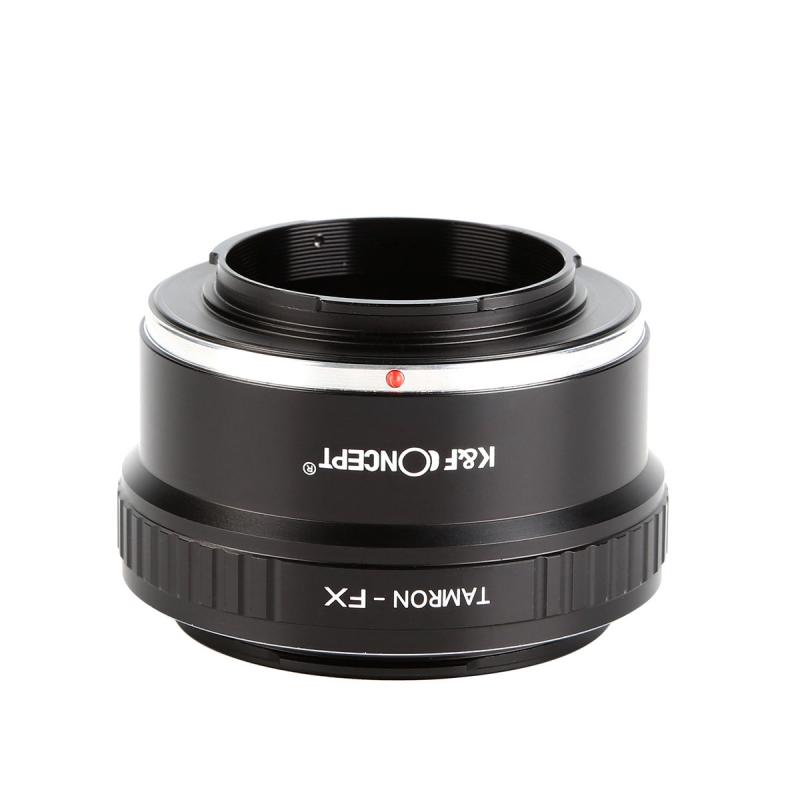
4、 Battery charging and discharging methods
Can I check in camera battery charging and discharging methods?
Yes, you can check the camera battery charging and discharging methods to ensure optimal performance and longevity of your camera battery.
When it comes to charging the camera battery, it is recommended to use the original charger provided by the camera manufacturer. This ensures compatibility and safety. It is important to follow the instructions provided in the camera's user manual for the correct charging procedure. Typically, the battery should be fully discharged before charging it for the first time. It is also advisable to charge the battery fully before using it for the first time to maximize its capacity.
To check the battery level, most cameras have a battery indicator on the LCD screen or viewfinder. This allows you to monitor the remaining battery power and plan accordingly. It is a good practice to keep an eye on the battery level during shooting sessions to avoid unexpected power depletion.
When it comes to discharging the camera battery, it is generally recommended to avoid completely draining the battery. Lithium-ion batteries, which are commonly used in cameras, have a limited number of charge cycles. Therefore, it is advisable to recharge the battery before it reaches a critically low level. This helps to prolong the battery's lifespan and maintain its overall performance.
In recent years, there have been advancements in battery technology, such as fast charging and intelligent charging systems. These technologies aim to provide quicker and more efficient charging while ensuring the safety of the battery. Some cameras also offer USB charging options, allowing you to charge the battery using a power bank or a computer.
In conclusion, checking the camera battery charging and discharging methods is essential for optimal performance and longevity. Following the manufacturer's instructions, monitoring the battery level, and adopting best practices can help you get the most out of your camera battery.
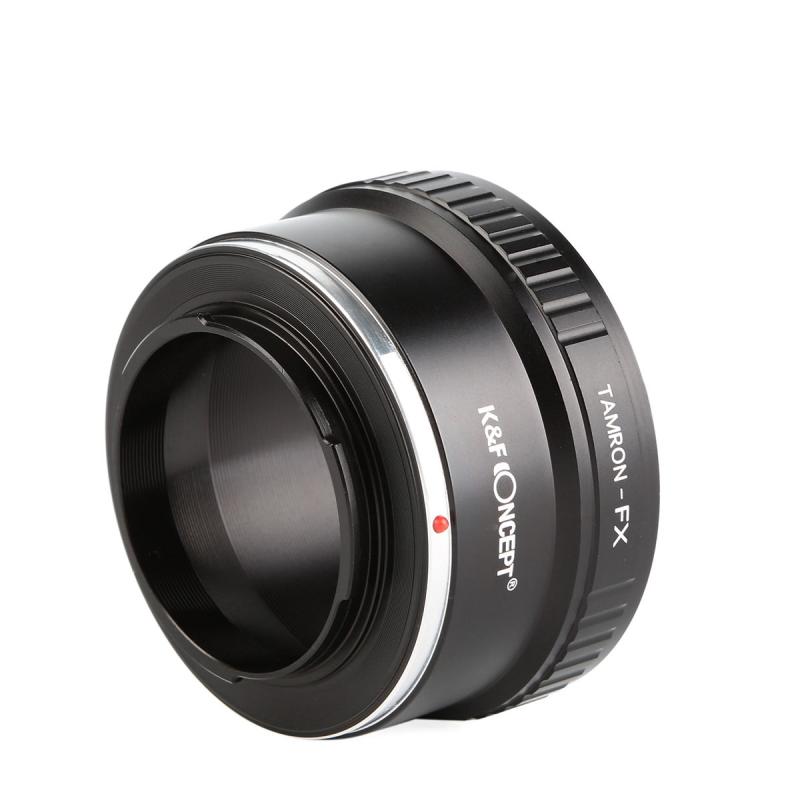

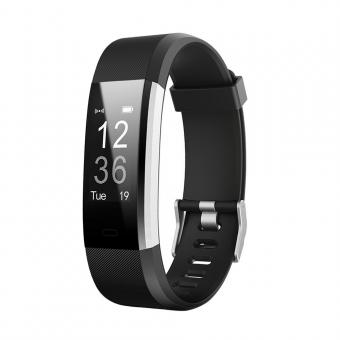
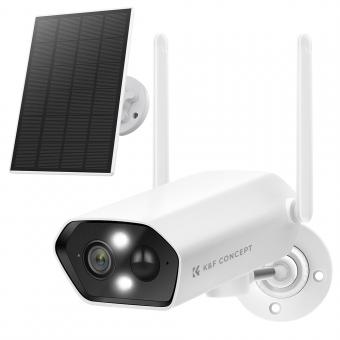
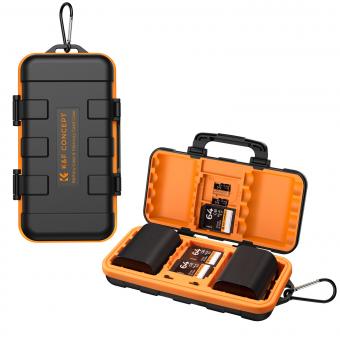
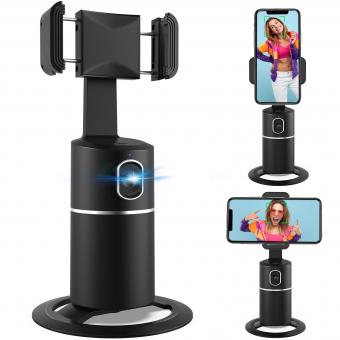
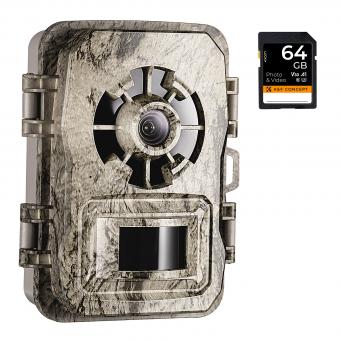
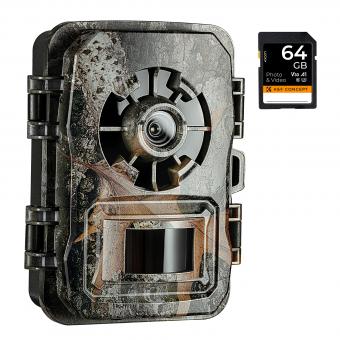
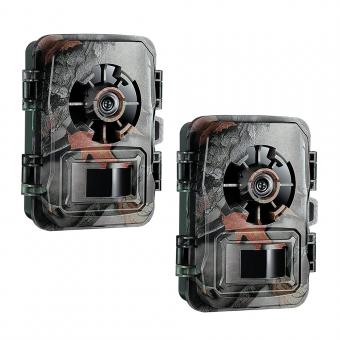
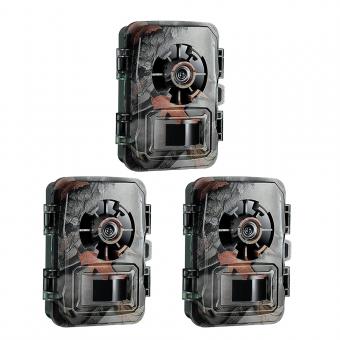
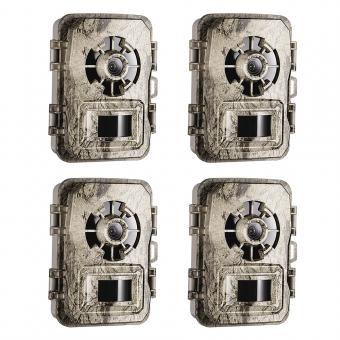
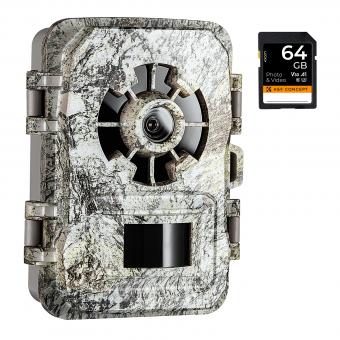
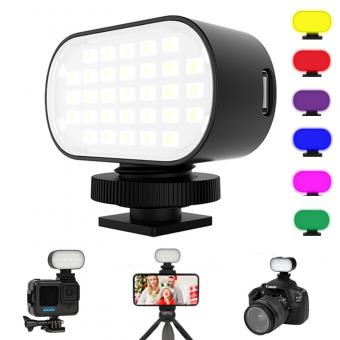
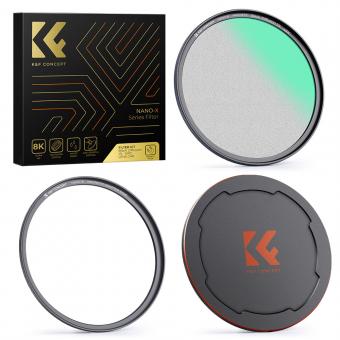




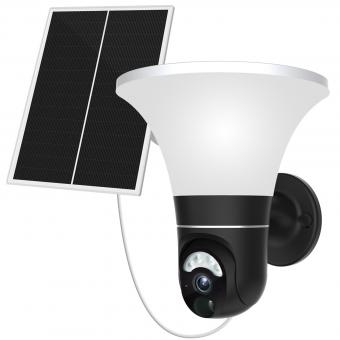

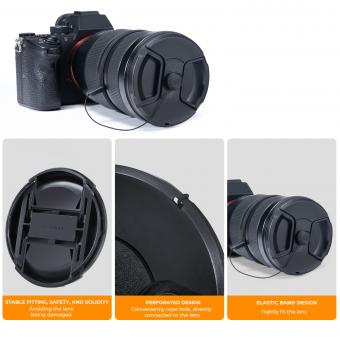





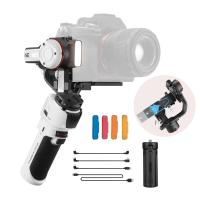


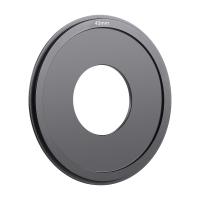
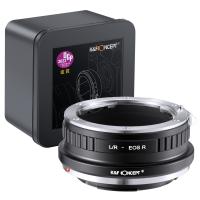
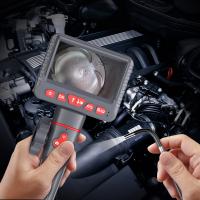
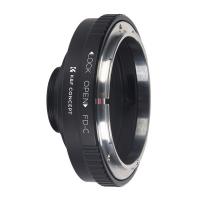
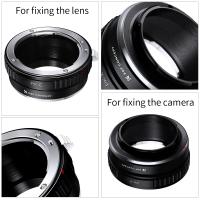


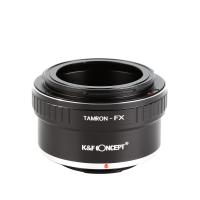
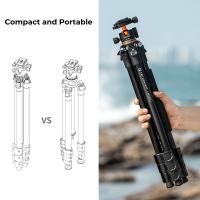
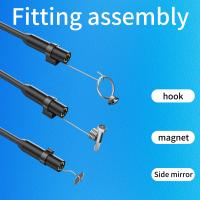
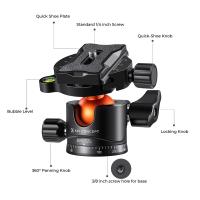
There are no comments for this blog.